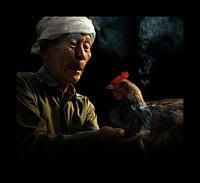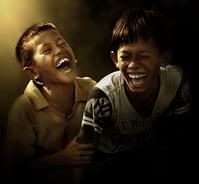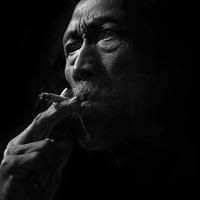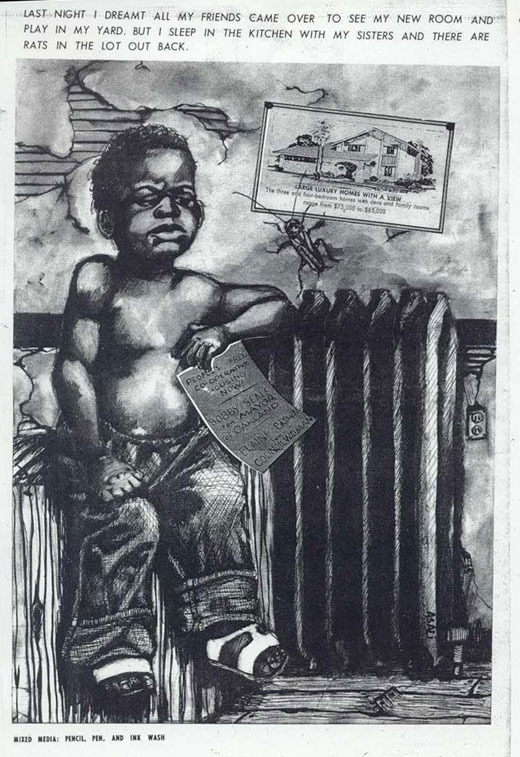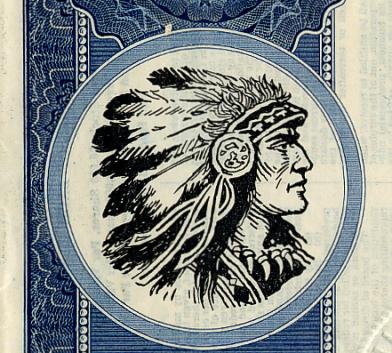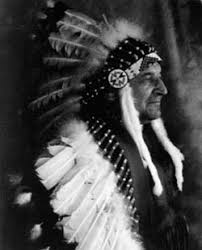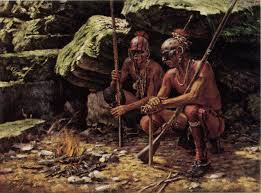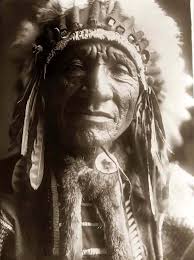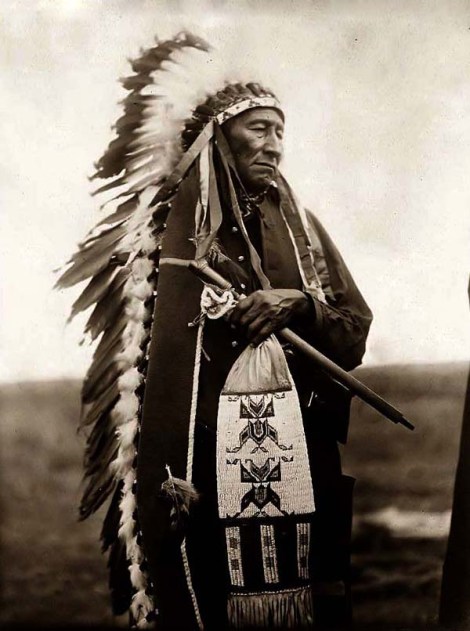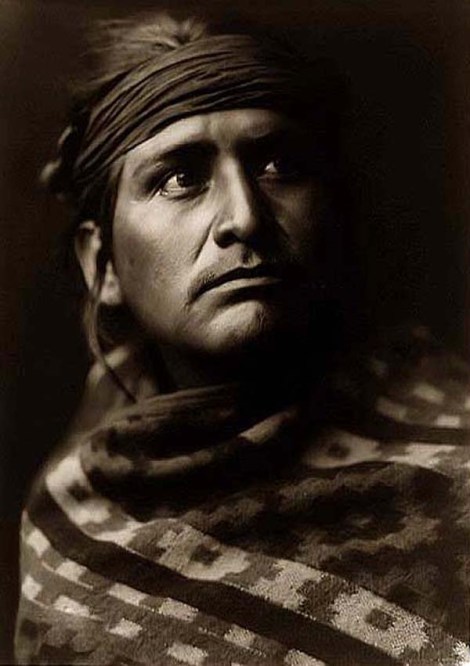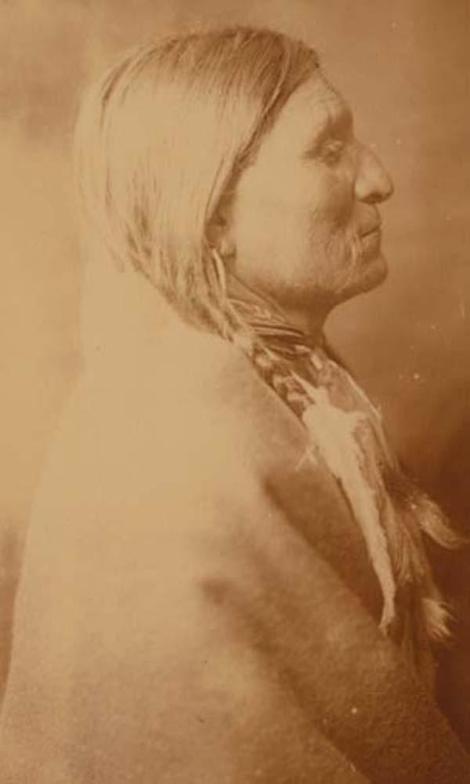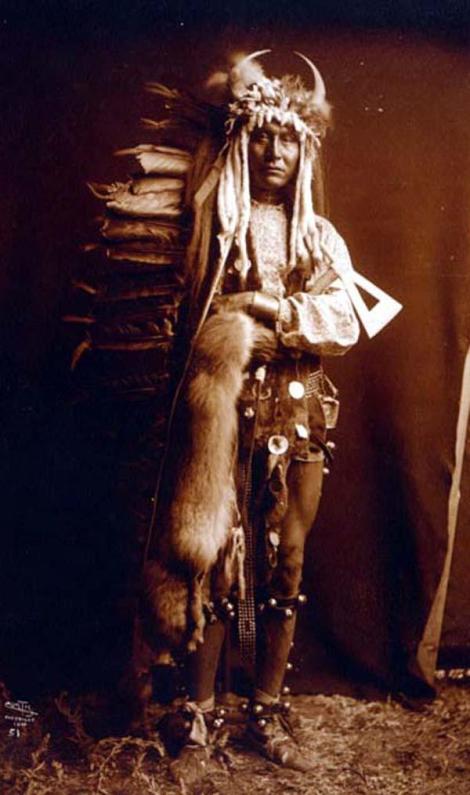Majapahit was an archipelagic empire based on the island of Java from 1293 to around 1500. Majapahit reached its peak of glory during the era of Hayam Wuruk, whose reign from 1350 to 1389 marked by the conquest of kingdoms in Maritime Southeast AsiaIndonesia, Malaysia, Singapore, Brunei, East Timor, and the Philippines). (including present day
Majapahit empire was the last of the major empires of the Malay archipelago and is considered to be one of the greatest empires in Indonesian history.[2] Its influence extended beyond the modern territory of Indonesia and has been a subject of many studies.[3]
Historiography
Little physical evidence of Majapahit remains,[4] and some details of the history are rather abstract.[5] The main sources used by historians are: the Pararaton ('Book of Kings') written in Kawi language and Nagarakertagama in Old Javanese.[6] Pararaton is focused upon Ken Arok (the founder of Singhasari) but includes a number of shorter narrative fragments about the formation of Majapahit. Nagarakertagama, is an old Javanese epic poem written during the Majapahit golden age under the reign of Hayam Wuruk after which some events are inadequately covered.[5] There are also some inscriptions in Old Javanese and Chinese.
The Javanese sources incorporate some poetic mythological elements, and scholars such as C. C. Berg, a Dutch nationalist, have considered that the entire historical record to be not a record of the past, but a supernatural means by which the future can be determined.[7][5] Despite Berg's approach, most scholars do not accept this view, as the historical record corresponds with Chinese materials that could not have had similar intention. The list of rulers and details of the state structure, show no sign of being invented.
Formation
After defeating Srivijaya in Sumatra in 1290, Singhasari became the most powerful kingdom in the area. Kublai Khan, the Great Khan of the Mongol Empire and the Emperor of the Mongol Yuan Dynasty, challenged Singhasari by sending emissaries demanding tribute. Kertanegara, the last ruler of Singhasari, refused to pay the tribute. In 1293, Kublai Khan sent a massive expedition of 1,000 ships to Java.
By that time, Jayakatwang, the Adipati (Duke) of Kediri, a vassal state of Singhasari, had usurped and killed Kertanagara. After being pardoned by Jayakatwang with the aid of Madura's regent, Arya Wiraraja; Raden Wijaya, Kertanegara's son-in-law, was given the land of Tarik timberland. He then opened that vast timberland and built a new village there. The village was named Majapahit, which was taken from a fruit name that had bitter taste in that timberland (maja is the fruit name and pahit means bitter). When Mongolian Yuan army sent by Kublai Khan arrived, Wijaya allied himself with the army to fight against Jayakatwang. Once Jayakatwang was destroyed, Raden Wijaya forced his allies to withdraw from Java by launching a surprise attack.[8] Yuan's army had to withdraw in confusion as they were in hostile territory. It was also their last chance to catch the monsoon winds home; otherwise, they would have had to wait for another six months on a hostile island.
In AD 1293, Raden Wijaya founded a stronghold with the capital Majapahit. The exact date used as the birth of the Majapahit kingdom is the day of his coronation, the 15th of Kartikaçaka calendar, which equates to November 10, 1293. During his coronation he was given formal name Kertarajasa Jayawardhana. The new kingdom faced challenges. Some of Kertarajasa's most trusted men, including Ranggalawe, Sora, and Nambi rebelled against him, though unsuccessfully. It was suspected that the mahapati (equal with prime minister) Halayudha set the conspiracy to overthrow all of the king's opponents, to gain the highest position in the government. However, following the death of the last rebel Kuti, Halayudha was captured and jailed for his tricks, and then sentenced to death.[8] Wijaya himself died in AD 1309. month in the year 1215 using the Javanese
Wijaya's son and successor, Jayanegara was notorious for immorality. One of his sinful acts was taking his own stepsisters as wives. He was entitled Kala Gemet, or "weak villain". In AD 1328, Jayanegara was murdered by his doctor, Tantja. His stepmother, Gayatri Rajapatni, was supposed to replace him, but Rajapatni retired from court to become a bhiksuni (a female Buddhist monk) in a monastery. Rajapatni appointed her daughter, Tribhuwana Wijayatunggadewi, or known in her formal name as Tribhuwannottungadewi Jayawishnuwardhani, as the queen of Majapahit under Rajapatni's auspices. During Tribhuwana’s rule, the Majapahit kingdom grew much larger and became famous in the area. Tribhuwana ruled Majapahit until the death of her mother in AD 1350. She was succeeded by her son, Hayam Wuruk.
Golden age

The graceful Bidadari Majapahit, golden celestial apsara in Majapahit style perfectly describes Majapahit as "the golden age" of the archipelago. Hayam Wuruk, also known as Rajasanagara, ruled Majapahit in AD 1350–1389. During this period, Majapahit attained its peak with the help of prime minister, Gajah Mada. Under Gajah Mada's command (AD 1313–1364), Majapahit conquered more territories. In 1377, a few years after Gajah Mada's death, Majapahit sent a punitive naval attack against Palembang,[2] contributing to the end of the Srivijayan kingdom. Gajah Mada's other renowned general was Adityawarman, known for his conquest in Minangkabau.
According to the book of Nagarakertagama pupuh (canto) XIII and XIV mentioned several states in Sumatra, Malay Peninsula, Borneo, Sulawesi, Nusa Tenggara islands, Maluku, New Guinea, and some parts of Philippines islands as under Majapahit realm of power. This source mentioned of Majapahit expansions has marked the greatest extent of Majapahit empire.
The Nagarakertagama, written in 1365 depict a sophisticated court with refined taste in art and literature, and a complex system of religious rituals. The poet describes Majapahit as the centre of a huge mandala extending from New Guinea and Maluku to Sumatra and Malay Peninsula. Local traditions in many parts of Indonesia retain accounts in more or less legendary from 14th century Majapahit's power. Majapahit's direct administration did not extend beyond east Java and Bali, but challenges to Majapahit's claim to overlordship in outer islands drew forceful responses.[9]
The nature of the Majapahit empire and its extent is subject to debate. It may have had limited or entirely notional influence over some of the tributary states in included Sumatra, the Malay Peninsula, Kalimantan and eastern Indonesia over which of authority was claimed in the Nagarakertagama.[10] Geographical and economic constraints suggest that rather than a regular centralised authority, the outer states were most likely to have been connected mainly by trade connections, which was probably a royal monopoly.[2] It also claimed relationships with Champa, Cambodia, Siam, southern Burma, and Vietnam, and even sent missions to China.[2]
Although the Majapahit rulers extended their power over other islands and destroyed neighboring kingdoms, their focus seems to have been on controlling and gaining a larger share of the commercial trade that passed through the archipelago. About the time Majapahit was founded, Muslim traders and proselytizers began entering the area.
Decline
Following Hayam Wuruk's death AD 1389, Majapahit power entered a period of decline with conflict over succession. Hayam Wuruk was succeeded by the crown princess Kusumawardhani, who married a relative, Prince Wikramawardhana. Hayam Wuruk also had a son from his previous marriage, crown prince Wirabhumi, who also claimed the throne. A civil war, called Paregreg, is thought to have occurred from 1405 to 1406,[5] of which Wikramawardhana was victorious and Wirabhumi was caught and decapitated. Wikramawardhana ruled to 1426 AD and was succeeded by his daughter Suhita, who ruled from 1426 to 1447 AD. She was the second child of Wikramawarddhana by a concubine who was the daughter of Wirabhumi.
In 1447, Suhita died and was succeeded by Kertawijaya, her brother. He ruled until 1451 AD. After Kertawijaya died, Bhre Pamotan became a king with formal name Rajasawardhana and ruled at Kahuripan. He died in 1453 AD. A three year kingless period was possibly the result of a succession crisis. Girisawardhana, son of Kertawijaya, came to power 1456. He died in 1466 AD and was succeeded by Singhawikramawardhana. In 1468 AD Prince Kertabhumi rebelled against Singhawikramawardhana promoting himself king of Majapahit.
Singhawikramawardhana moved the Kingdom’s capital to Daha and continued his rule until he was succeeded by his son Ranawijaya in 1474 AD. In 1478 AD he defeated Kertabhumi and reunited Majapahit as one Kingdom. Ranawijaya ruled from 1474 AD to 1519 AD with the formal name Girindrawardhana. Nevertheless, Majapahit's power had declined through these family conflicts and the growing power of the north-coastal kingdoms in Java.
Majapahit found itself unable to control the rising power of the Sultanate of Malacca. Dates for the end of the Majapahit Empire range from 1478 (that is, 1400 Saka, the ends of centuries being considered a time when changes of dynasty or courts normally ended[11]) to 1527. The year is marked among Javanese today with candra sengkala "sirna ilang kertaning bumi" (the wealth of earth disappeared and diminished) (sirna = 0, ilang = 0, kerta = 4, bumi = 1). After a series of battles with the Sultanate of Demak, the last remaining courtsmen of Majapahit were forced to withdraw eastward to Kediri; it is unclear whether they were still under the rule of the Majapahit dynasty. This small state was finally extinguished at the hands of the Demak in 1527.[12] A large number of courtiers, artisans, priests, and members of the royalty moved east to the island of Bali; however, the crown and the seat of government moved to Demak under the leadership of Pangeran, later Sultan Fatah[citation needed]. The Muslim emerging forces defeated the local Majapahit kingdom in the early 16th century.[13]
Culture

Wringin Lawang, the 15.5 meter tall red brick split gate. Located at Jatipasar, Trowulan, Mojokerto, East Java. Believed to be the entrance of an important compound in Majapahit capital. "Of all the buildings, none lack pillars, bearing fine carvings and coloured" [Within the wall compounds] "there were elegant pavilions roofed with aren fibre, like the scene in a painting... The petals of the katangga were sprinkled over the roofs for they had fallen in the wind. The roofs were like maidens with flowers arranged in their hair, delighting those who saw them".
— Description of the Majapahit capital from the Old Javanese epic poem Nagarakertagama.
The main event of the administrative calendar took place on the first day of the month of Caitra (March-April) when representatives from all territories paying tax or tribute to Majapahit came to the capital to pay court. Majapahit's territories were roughly divided into three types: the palace and its vicinity; the areas of east Java and Bali which were directly administered by officials appointed by the king; and the outer dependencies which enjoyed substantial internal autonomy.[14]
The capital (Trowulan) was grand and known for its great annual festivities. Buddhism, Shaivism, and VaishnavismNagarakertagama does not mention Islam, but there were certainly Muslim courtiers by this time.[2] were all practiced, and the king was regarded as the incarnation of the three. The
Although brick had been used in the candi of Indonesia's classical age, it was Majapahit architects of the 14th and 15th centuries who mastered it.[15] Making use of a vine sap and palm sugar mortar, their temples had a strong geometric quality.
Economy
Taxes and fines were paid in cash. Javanese economy had been partly monetised since the late 8th century, using gold and silver coins. In about the year 1300, in the reign of Majapahit's first king, an important change took place: the indigenous coinage was completely replaced by imported Chinese copper cash. About 10,388 ancient Chinese coins weighing about 40 kg were even unearthed from the backyard of a local commoner in Sidoarjo in November 2008. Indonesian Ancient Relics Conservation Bureau (BP3) of East Java verified that those coins dated as early as Majapahit era.[16] The reason for using foreign currency is not given in any source, but most scholars assume it was due to the increasing complexity of Javanese economy and a desire for a currency system that used much smaller denominations suitable for use in everyday market transactions. This was a role for which gold and silver are not well suited.[14]
Some idea of scale of the internal economy can be gathered from scattered data in inscriptions. The Canggu inscriptions dated 1358 mentions 78 ferry crossings in the country (mandala Java).[14] Majapahit inscriptions mention a large number of occupational specialities, ranging from gold and silver smiths to drink vendors and butchers. Although many of these occupations had existed in earlier times, the proportion of the population earning an income from non-agrarian pursuits seems to have become even greater during the Majapahit era.
The great prosperity of Majapahit was probably due to two factors. Firstly, the northeast lowlands of Java were suitable for rice cultivation, and during Majapahit's prime numerous irrigation projects were undertaken, some with government assistance. Secondly, Majapahit's ports on the north coast were probably significant stations along the route to obtain the spices of Maluku, and as the spices passed through Java they would have provided an important source of income for Majapahit.[14]
The Nagarakertagama states that the fame ruler of Wilwatikta (a synonym for Majapahit) attracted foreign merchants from far and wide, including Indians, Khmers, Siamese, and Chinese among others. A special tax was levied against some foreigners, possibly those who had taken up semi-permanent residence in Java and conducted some type of enterprise other than foreign trade
Legacy

The elegant 16.5 metres tall Bajang Ratu gate, at Trowulan, echoed the grandeur of Majapahit. 
Pair of door guardians from a temple, Eastern Java, 14th century (Museum of Asian Art, San Francisco) In sum, Majapahit was the largest empire ever to form in Southeast Asia. Although its political power beyond the core area in east Java was diffuse, constituting mainly ceremonial recognition of suzerainty, Majapahit society developed a high degree of sophistication in both commercial and artistic activities. Its capital was inhabited by a cosmopolitan population among whom literature and art flourished.[14]
For Indonesians in later centuries, Majapahit became a symbol of past greatness. The Islamic sultanates of Demak, Pajang, and Mataram sought to establish their legitimacy in relation to the Majapahit.[17] The Demak claimed a line of succession through Kertabumi, as its founder, Raden Patah, in court chronicles was said to be the son of Kertabumi with Putri Cina, a Chinese princess, who had been sent away before her son was born.[12] Sultan Agung's conquest of Wirasaba in 1615, led by the sultan himself, may have had such importance as it was the location of the Majapahit capital.[18] Central Javanese palaces have traditions and genealogy that attempt to prove links back to the Majapahit royal lines - usually in the form of a grave as a vital link in Java - where legitimacy is enhanced by such a connection.[citation needed] Bali in particular was heavily influenced by Majapahit and the Balinese consider themselves to be the true heirs of the kingdom.[15]
Modern Indonesian nationalists, including those of the early 20th century Indonesian National Revival, have invoked the Majapahit Empire. The memory of its greatness remains in Indonesia, and is sometimes seen as a precedent for the current political boundaries of the Republic.[2] Many of modern Indonesian national symbols derived from Majapahit Hindu-Buddhist elements. The Indonesian national flag "Sang Merah Putih" ("Red and White") or sometimes called "Dwiwarna" ("The bicolor"), derived from the Majapahit royal color. The Indonesian Navy flag of red and white stripes also has a Majapahit origin. The Indonesian national motto, "Bhinneka Tunggal Ika", is a quotation from an Old Javanese poem "Kakawin Sutasoma", written by a Majapahit poet, Mpu Tantular.[citation needed]
The Indonesian coat of arms, Garuda Pancasila, also derives from Javanese Hindu elements.[citation needed] The statue and relief of Garuda have been found in many temples in Java such as Prambanan from the ancient Mataram era, and the Panataran as well as the SukuhAirlangga depicted as Vishnu riding Garuda. temple dated from the Majapahit era. The notable statue of Garuda is the statue of the king
In its propaganda from the 1920s, the Communist Party of Indonesia presented its vision of a classless society as a reincarnation of a romanticized Majapahit.[19] It was invoked by Sukarno for nation building and by the New Order as an expression of state expansion and consolidation.[20] Like Majapahit, the modern state of Indonesia covers vast territory and is politically centred on Java.
Majapahit had a momentous and lasting influence on Indonesian architecture. The descriptions of the architecture of the capital's pavilions (pendopo) in the NagarakertagamaKraton and also the Balinese temples and compounds of today. (see the quotation above) invoke the Javanese
Palapa, the series of communication satellites owned by Telkom, an Indonesian telecommunication company, has been named after Sumpah Palapa, the famous oath taken by Gajah Mada. Gajah Mada swore that he would not taste any spice as long as he had not succeeded in unifying Nusantara (Indonesian archipelago). This ancient oath of unification signifies the Palapa satellite as the modern means to unify the Indonesian archipelago by way of telecommunication. The name was chosen by president Suharto, and the program was started in February 1975.
During the last half year of 2008, the Indonesian government sponsored a massive exploration on the site that is believed to be the place where the palace of Majapahit once stood. Jero Wacik, the Indonesian Minister of Culture and Tourism stated that the Majapahit Park would be built on the site and completed as early as 2009, in order to prevent further damage caused by home-made brick industries that develop on the surrounding area.[21][22] Nevertheless, the project leaves a huge attention to some historians, since constructing the park's foundation will inevitably damage the site itself. Ancient bricks which are historically valuable were found scattered on the site. The government then argued that the method they were applying were less destructive since digging method were used instead of drilling.
List of rulers

Genealogy diagram of Rajasa Dynasty, the royal family of Singhasari and Majapahit. Rulers are highlighted with period of reign. - Raden Wijaya, styled Kertarajasa Jayawardhana (1294 - 1309)
- Kalagamet, styled Jayanagara (1309 - 1328)
- Sri Gitarja, styled Tribhuwana Wijayatunggadewi (1328 - 1350)
- Hayam Wuruk, styled Sri Rajasanagara (1350 - 1389)
- Wikramawardhana (1389 - 1429)
- Suhita (1429 - 1447)
- Kertawijaya, styled Brawijaya I (1447 - 1451)
- Rajasawardhana, born Bhre Pamotan, styled Brawijaya II (1451 - 1453)
- Interregnum (1453-1456)
- Bhre Wengker, Purwawisesa or Girishawardhana, styled Brawijaya III (1456 - 1466)
- Singhawikramawardhana, Pandanalas, or Suraprabhawa, styled Brawijaya IV (1466 - 1468 or 1478[5])
- Kertabumi, styled Brawijaya V (1468 - 1478)
- Girindrawardhana, styled Brawijaya VI (1478 - 1498)
Majapahit in popular culture
Celebrated as 'the golden era of the archipelago', the Majapahit empire has inspired many writers and artists (and continues to do so) to create their works based on this era, or to describe and mention it. The impact of the Majapahit theme on popular culture can be seen in the following:
- Sandyakalaning Majapahit (1933), or Twilight/Sunset in Majapahit is an historical romance that took place during the fall of Majapahit empire, written by Sanusi Pane.
- Panji Koming (since 1979), a weekly comic strip by Dwi Koendoro published in the Sunday edition of Kompas, telling the everyday life of Panji Koming, a common Majapahit citizen. Although it took place in the Majapahit era, the comic strip serves as witty satire and criticism of modern Indonesian society. From a political, social, cultural and current point of view, Indonesia is described as the 'reincarnation' of the Majapahit empire. The current Indonesian president is often portrayed as a Majapahit monarch or prime minister.
- Saur Sepuh (1987-1991), a radio drama and film by Niki Kosasih. Begun as a popular radio drama program in the late 1980s, Saur Sepuh is based on 15th century Java, centered around the story about a fictional hero named Brama Kumbara, the king of Madangkara, a fictional kingdom neighbour of the Pajajaran. In several stories the Paregreg war is described, that is to say the civil war of Majapahit between Wikramawardhana and Bhre Wirabhumi. This part has been made into a single feature film entitled 'Saur Sepuh' as well.
- Tutur Tinular, a radio drama and film by S Tidjab. Tutur Tinular is a martial art historical epic fictional story with the Majapahit era serving as the background of the story. The story also involved a romance between the hero named Arya Kamandanu and his Chinese lover Mei Shin.
- Wali Songo, the film tells the story of nine muslim saints ('wali') that spread Islam to Java. The story took place near the end of the Majapahit era and the formation of Demak. It describes the decaying Majapahit empire where royals are fighting each other for power, while commoners are suffering.
- Senopati Pamungkas (1986, reprinted in 2003), a novel by Arswendo Atmowiloto that is also a martial art-historical epic fiction. It took place in the late Singhasari period and formation of Majapahit. This novel describes the saga, royal intrigue, and romance of the formation of the Majapahit kingdom as well as the adventure of the main character, a commoner named Upasara Wulung and his forbidden love affair with princess Gayatri Rajapatni, whom later becomes the consort of Raden Wijaya, the first king of Majapahit.
- Imperium Majapahit, a comic book series by Jan Mintaraga, published by Elexmedia Komputindo. This series tells the history of Majapahit from its formation until the decline.
- Puteri Gunung Ledang (2004), a Malaysian epic film based on a traditional Malay legend. This film recounts the lovestory between Gusti Putri Retno Dumilah, a Majapahit Princess, and Hang Tuah, a Malaccan admiral.
- Gajah Mada, a pentalogy written by Langit Kresna Hariadi, about fictionalized detail of Gajah Mada's life from Kuti rebellion until Bubat War.
- Dyah Pitaloka, a novel written by Hermawan Aksan, about the fictionalized detailed lifestory of Sundanese Princess Dyah Pitaloka, focussed around the Bubat War. The novel virtually took the same context and was inspired by Kidung Sundayana.






 B&W Photography
B&W Photography Animals
Animals Abstract
Abstract Scenic
Scenic Framed Art
Framed Art Canvas Art
Canvas Art Tapestries
Tapestries Wall Murals
Wall Murals Giclee Prints
Giclee Prints Limited Edition
Limited Edition Wood Signs
Wood Signs Photographic Prints
Photographic Prints People
People Botanical
Botanical Music
Music Maps
Maps Marvel Collection
Marvel Collection LIFE
LIFE Editor's Picks
Editor's Picks Museum Art
Museum Art National Geographic
National Geographic Art.com Exclusives
Art.com Exclusives Disney
Disney Ron Pownall
Ron Pownall Lonely Planet
Lonely Planet Vintage Hollywood
Vintage Hollywood Eco-Friendly Art
Eco-Friendly Art Associated Press
Associated Press Vintage Magazines
Vintage Magazines Warhol Premium
Warhol Premium Hallmark
Hallmark Library of Congress
Library of Congress Vincent Van Gogh
Vincent Van Gogh Claude Monet
Claude Monet Salvador Dali
Salvador Dali Gustav Klimt
Gustav Klimt Andy Warhol
Andy Warhol Pablo Picasso
Pablo Picasso Wassily Kandinsky
Wassily Kandinsky  Leonardo Da Vinci
Leonardo Da Vinci Georgia O’Keeffe
Georgia O’Keeffe Don Li-Leger
Don Li-Leger Mark Rothko
Mark Rothko Henri Matisse
Henri Matisse Ansel Adams
Ansel Adams Leonetto Cappiello
Leonetto Cappiello Kerne Erickson
Kerne Erickson Norman Rockwell
Norman Rockwell Coastal
Coastal Architecture
Architecture People
People World Culture
World Culture Black & White
Black & White Color
Color Sepia
Sepia Panoramic
Panoramic Wall Mural
Wall Mural Premium Prints
Premium Prints Limited Editions
Limited Editions Framed Photography
Framed Photography Scenic
Scenic Astronomy
Astronomy Floral
Floral Animals
Animals















